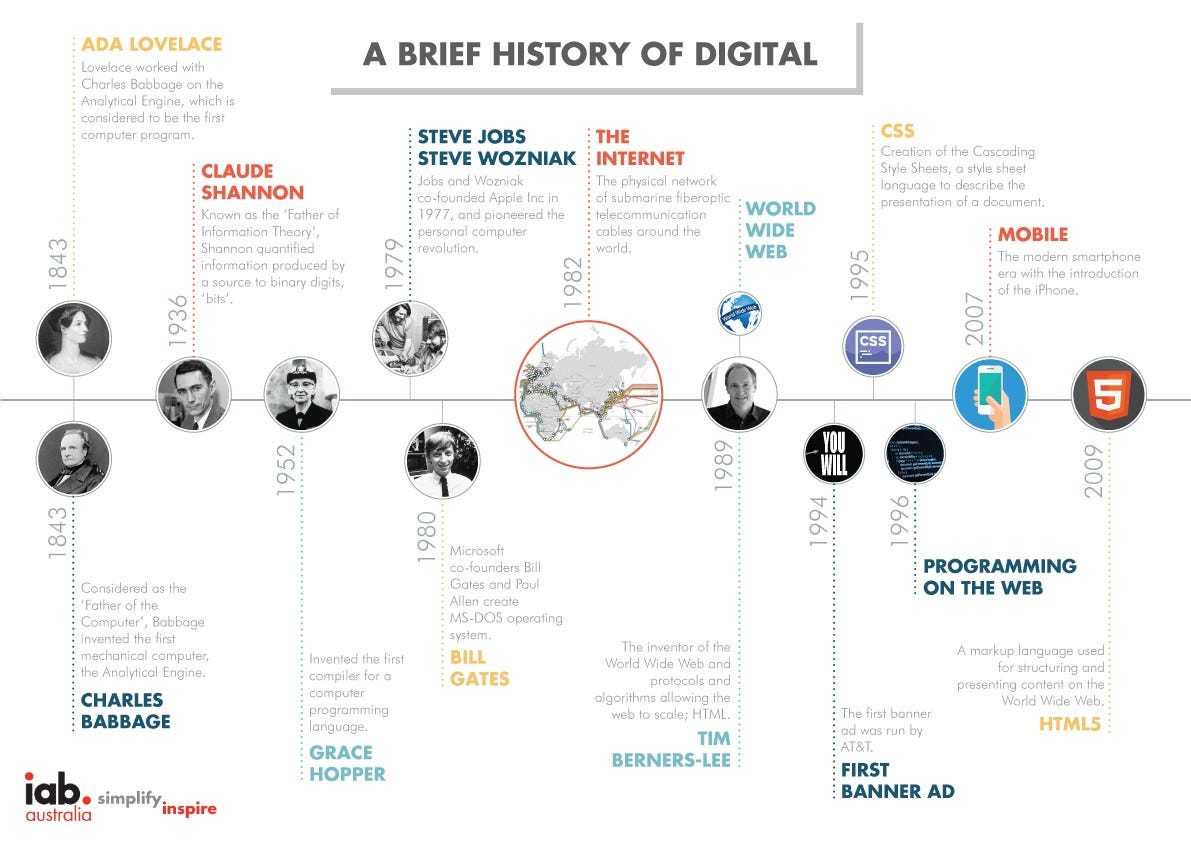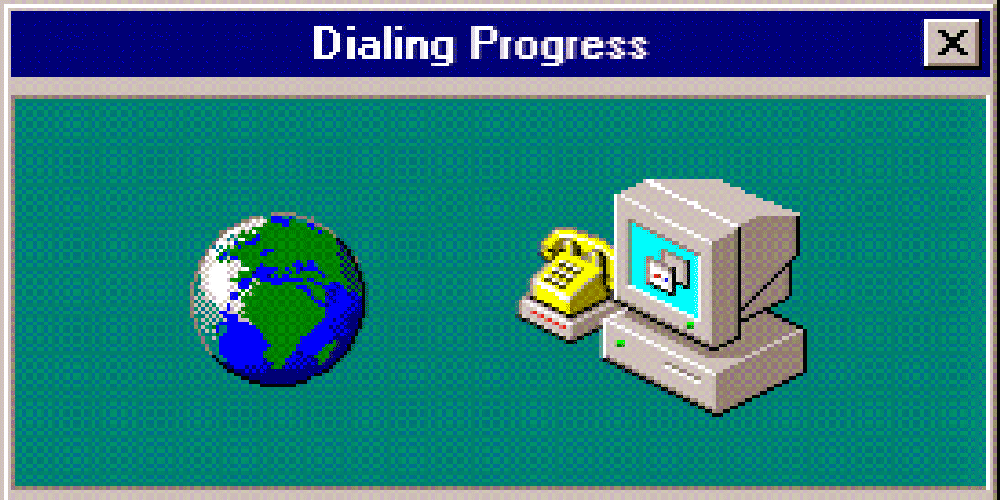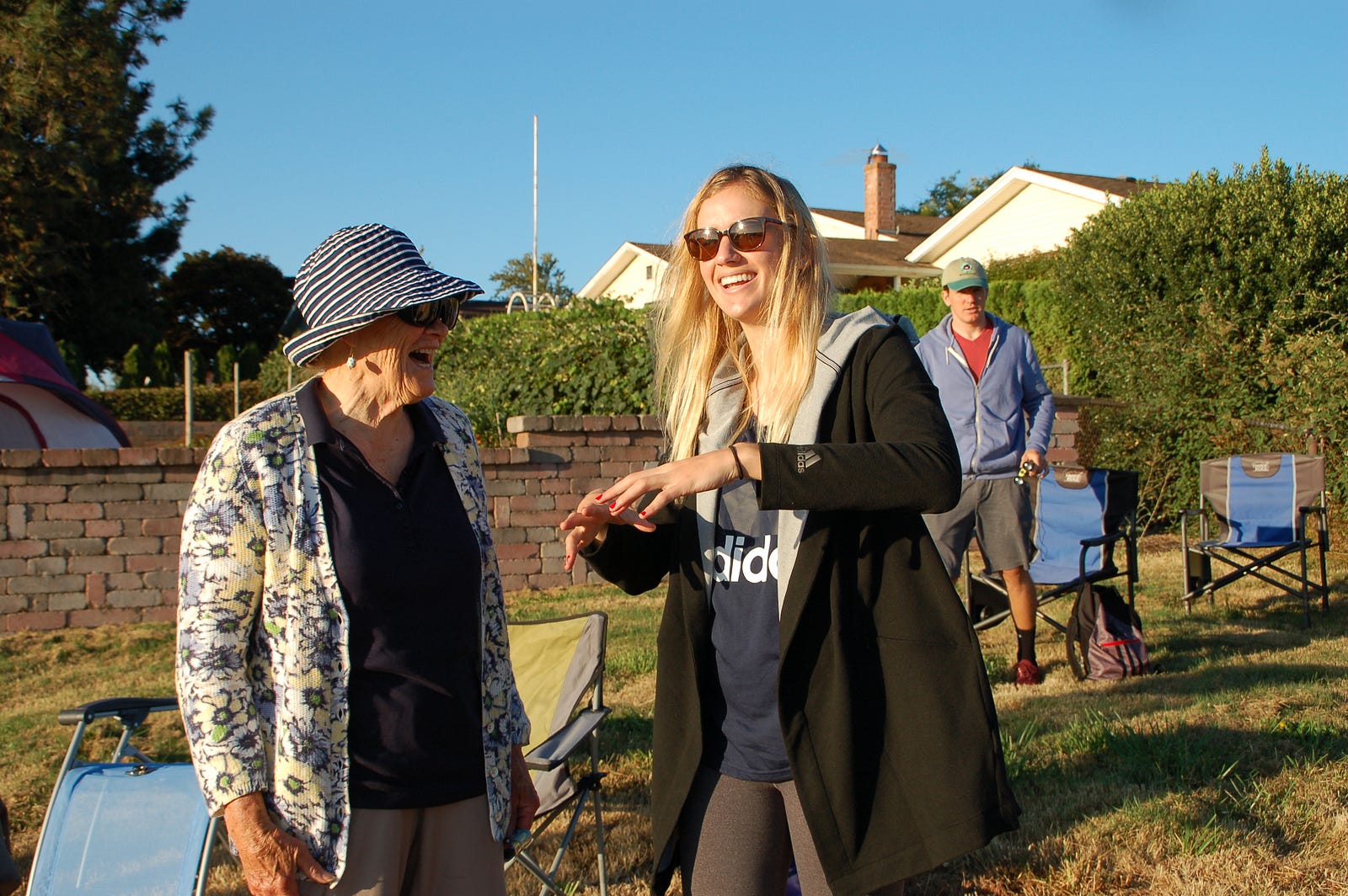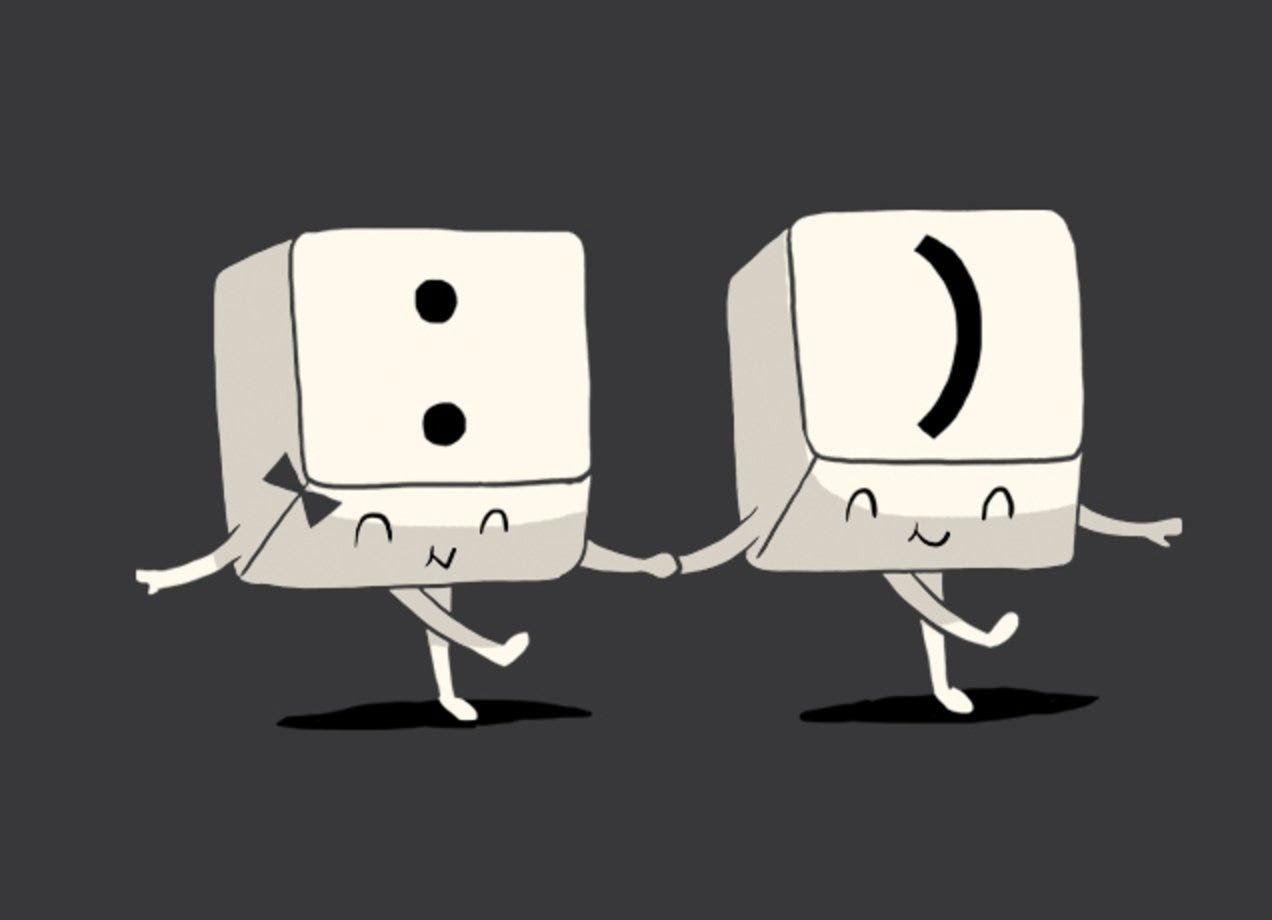With family gatherings looming and festive decision trees decking the whiteboards of many a Q1 planning session, the holidays are here. With them comes quality time with relatives from all walks of life. If there’s one thing I’ve learned working as a software engineer, it’s that few of our extended families understand what we do. I am here to help.
The most important thing to keep in mind when you explain your job to your family is that they are smart. They have the capacity to understand what you’re talking about. Odds are, they also love you very much and deserve to understand what you do during the day. They probably even want to understand — how unexpectedly refreshing!
Technology has evolved exponentially over the last 50 years, and whoever you talk to most likely lacks a world of context. Your mission is to provide a high-level frame of reference and to keep a close eye on when you lose your audience.
This post contains ideas for all. It was written to help mitigate the cocktail hour conversational plight of software engineers.
 Illustration by IAB Australia
Illustration by IAB Australia
Explaining your job
The trouble usually starts innocently enough when someone asks, “What do you do?”
You freeze. A vanilla, “I’m a software engineer,” is sure to kill the conversation. Follow these steps to mitigate that scenario. 1. Nail your one-liner. 2. Assess audience interest. 3. Leverage an appropriate analogy. 4. Reciprocate.
Nail your one-liner
This is your generic one-to-two sentence response. Your go-to. It should give a bit of relatable color to your job. For example:
What I Actually Do: I’m a senior software engineer and acting team lead for the Developer Experience (DX) Team at CircleCI. CircleCI is a continuous integration, continuous delivery (CI/CD) developer tool, and DX focuses on improving the user experience of our core customers: the developers. Most recently, my team and I released orbs, composable configuration components.
Hard stop, we’ve lost mom and dad. Your cousin that “knows everything” is still nodding along but you strongly suspect we lost them at “continuous integration.”
What I Say I Do: I’m a software engineer, I work at CircleCI. We build a developer tool that makes it easier for other software engineers to do their jobs.
We did it! Mom and Dad smile, you’re helping people. Cousin Joe is in his comfort zone.
Please notice that I’m not dumbing down my answer. I’ve boiled my job down to its essence. I’ve also chosen to focus on the product my company builds, over the specifics of my role. Because CircleCI is a developer tool, even explaining what it is can be a challenge.
If you’re struggling to figure out your one-liner, take a scroll through the marketing pages of your company’s website. Odds are high some smart, empathetic marketer put together at least a few phrases you can recycle.
If you have one of those company websites that is utterly opaque or that features 90 million buzzwords, consider asking a salesperson what they say in their basic customer pitch. Think of this as an opportunity to build cross-departmental relationships. Perhaps even ask your Marketing team if they would write a Holiday Guide for your company next year.
You’re an engineer, you’re good at finding and leveraging resources. Get your game face on.
Assess interest
You’ve delivered your one-liner. What do the facial expressions around you convey? Polite interest? Active interest? Did you become an engineer because reading body language is for wizards, witches, and the emotionally gifted?
Ask the group if they want to know more. Questions like, “Does that make sense?” and “Want me to keep going?” are your friend.
If they say no, change topics, move on and give the conversation back. I like asking, “What do you wish more people knew about your job?”
If they say yes, the real fun begins.
Strategy
Have one or two analogies in your back pocket. One should be approachable for folks with basic computer literacy, and one should be appropriate for folks that rarely use a computer. Over time, you’ll develop a range of in-between answers, but these will be your anchors.
I make this distinction in computer literacy by asking, “Are you familiar with Google Docs?”
If the answer is yes, I proceed in Cousin Mode. If it’s no, I jump to Grandma Mode.
Either way, the Process is the same.
I assume that folks will be able to understand most jargon (I’m looking at you continuous integration and continuous delivery), so long as I break it up and define the terms.
Cousin Mode
This is often the explanation you’ll use with folks in your own life cohort. This group tends to be comprised of your the younger-generation relatives, up to and possibly including your parents.
You can safely assume this group uses a computer regularly.
 Image Source
Image Source
Example CI/CD Explanation
In software engineering, everyone works off of a master codebase. It’s kind-of like a giant Google Doc that contains all the instructions to build your product.
Imagine you and your coworkers are all using one Google Doc to write a dictionary. You all copy the doc to your own computers and use Microsoft Word to make your changes locally.
If everyone works on the same couple of pages for a week and tries to put them back into the Doc, there will be a lot of conflicts. To avoid that issue, CircleCI makes it easier for folks to continuously integrate their changes back into the master file. That way, the differences between peoples’ copies never get too big.
There are a whole lot of steps between when you’ve updated the document, and when any customer sees a final dictionary. CircleCI automates that process. When you finish submitting your changes, CircleCI prints the dictionary and delivers it to your customers. That’s continuous delivery.
I like using a dictionary as an example because then I can compare codebases to dictionaries without alphabetization. You know the definitions are probably in there somewhere, but where?
Grandma Mode
Grandma is one smart lady. Grandma is happy to have replaced her typewriter and postcards with online editing and email. She uses a mobile phone for calls, texts and keeping photos of her grandchildren on hand. She has probably interacted with a website. If she hasn’t, you, my friend, have a fun new family activity!
Grandma might even check the news on her computer. Odds are she still prefers a printed newspaper. Build on a subject that she knows about.
 Photo by Anna Henderson
Photo by Anna Henderson
Example CI/CD Explanation
Being a software engineer is kind-of like being a newspaper journalist. In order to get your work into the newspaper that’s delivered at someone’s door, you need to go through a lot of steps.
First, you write your story and you submit it to an editor. In software engineering, everything is written in lines of code, which are just instructions for the computer. When an engineer makes a change to the instructions, their story, those changes have to go through peer review. That’s the editor.
Once an editor approves the changes, they get sent to the publisher to get printed and distributed to your front door. Probably by a kid on a bicycle.
In programming, once your changes get approved and added to the master codebase, there are a bunch of steps that happen to get those changes in front of the customer, so that you can see them on your website. That’s like printing the newspaper and delivering it to your door.
At my company, we automate the process from submitting the editor-approved story to the newspaper, all the way to delivering it to your front door.
Process
Regardless of mode, the process is the same.
1. Educate and provide context. Your relative doesn’t know the world of tech. That’s fine, it isn’t their specialty. They do know other worlds, use that to your advantage and find a relevant comparison based on their expertise.
It’s fun to hand them a quick win here, let them learn and grasp something new.
2. Explain. Once you’ve set up a relevant analogy, you’ve got an alternate tech-world you can work with. Explain how your product works in that world.
This explanation is not going to be perfect. You might cringe over some of the generalizations you’re making. Remember: you’re building bridges here, not teaching a seminar. Help your audience understand approximately how things work. Next time they might want to learn more.
3. Gauge interest. MAYBE expand. On rare occasions, folks will want to know more. At that point in time, you may explain some of the imperfections in your analogy. Check in regularly to see if folks are still interested by asking them.
4. Reciprocate. 🌟✨💫⭐ Most importantly, follow-up by asking about your family! Be interested. You’ll seem more interesting, and you’ll probably learn a thing or two.
They’ve just learned a bit about what you do, now it’s your turn. Ask, “I’m not sure I understand what you actually do every day, tell me about it.”
 Keys to Happiness, illustration by Lim Heng Swee
Keys to Happiness, illustration by Lim Heng Swee
Conclusion
Few people beyond your professional peers will ever understand the nuances of your day-to-day work. That’s completely fine. It’s entirely possible to have meaningful conversations about what you do with your loved ones.
Communicating the essence of your role and expertise is a valuable life skill, and opens you up to a host of interesting questions and perspectives from others.
I personally am phoning a friend for Toddler Mode.
Hannah is a software engineer at CircleCI. She can be reached on Twitter @HendersGame for help dreaming up your very own family-friendly analogies.
Special thanks to Anna Henderson for her editing input. She is confident no toddler cares or will ask about your job.